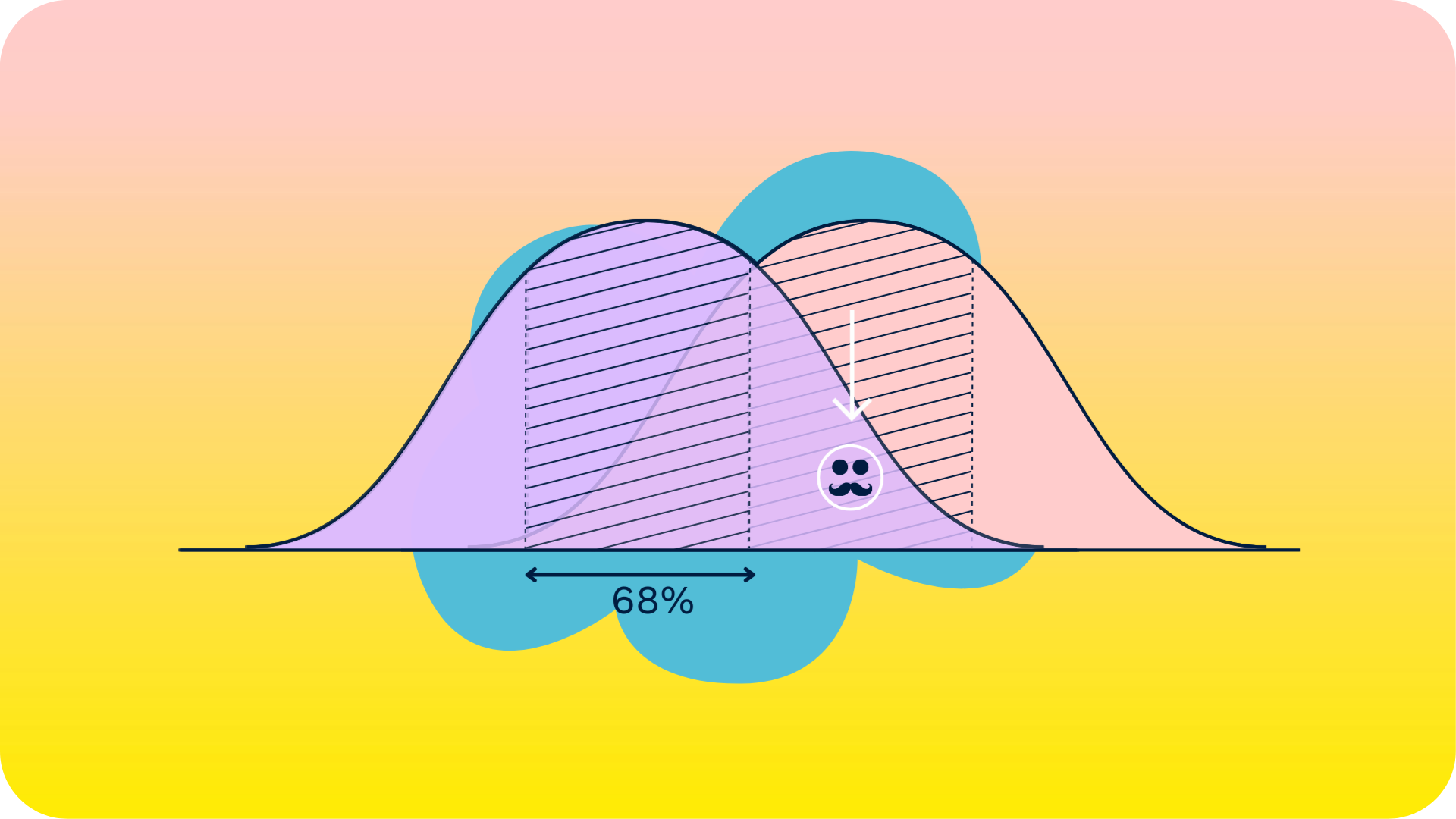Last week we launched Minowski‘s 1000 Moonshots project in Italy during the SingularityU Summit there. To go short: for us a moonshot is a bold idea that can generate solutions for solving world problems. Moonshot thinking is getting more and more known with projects of organizations like Google X and especially in this year, 50 years after landing on the moon, the metaphor of the original moonshot is heard all around. Although there is a strong focus on technology in many moonshots I believe that there are other forces that make it such a powerful way of seeing opportunities in the future. For me moonshots are about passion, creativity and possibility.
Passion: falling in love with the problem
Some of the grandest challenges of humanity seem daunting. I see people around me, getting depressed about the state of the world or disheartened by the lack of progress we are making. But many, some days later, have found a renewed energy for going ahead with trying to move the needle in the right direction. It doesn’t only take courage to work on big problems, it also takes a lot of perseverance. We always say, that you have to fall in love with the problem. If you do, you will always keep on searching for solutions and new ideas. Only when you are passionate about a problem, will you continue to work on it. We unlock passion in our practice by combining a gut feeling with a deep inquiry into why you were triggered to pick that problem. But it is even more import to design for passion after that.
Creativity: with curiosity in mind
To work on the real big issues in society, work or your personal life, you need ‘out-of-this-world’ thinking. It is difficult if you keep approaching the problem with a mindset of the past and a vision blurred by (past) negative experiences. That’s why we stimulate people to think from the future and use their successes of the past as guiding principles. Creating an environment for creativity and allowing yourself NOT to fall in love with the first idea that comes to mind is a crucial component of a moonshot mindset. There are so many ways to tackle problems and solve puzzles. You have to keep an open (or curious) mind. Try many approaches and ideas to find the really big and bold ones that could potentially change the world.
Possibility: the art of questions
If you don’t believe things are possible or that the world can change it becomes challenging to keep up your energy for a moonshot. Thinking in possibilities is therefor crucial for a moonshot mindset. There are many ways to do this, or many self-help books written on staying optimistic and believing in yourself. One of the things that we do is to stimulate people to keep asking questions. Yes, you’ll run into roadblocks and there are many challenges big and small that need solutions. But when you keep on asking questions around it, you keep the conversation open while thinking in possibilities. So, be inquisitive and experiment with many questions to see where it will take you.
If you want to do a 1000 Moonshots session (open or in-company) get in touch with us!







